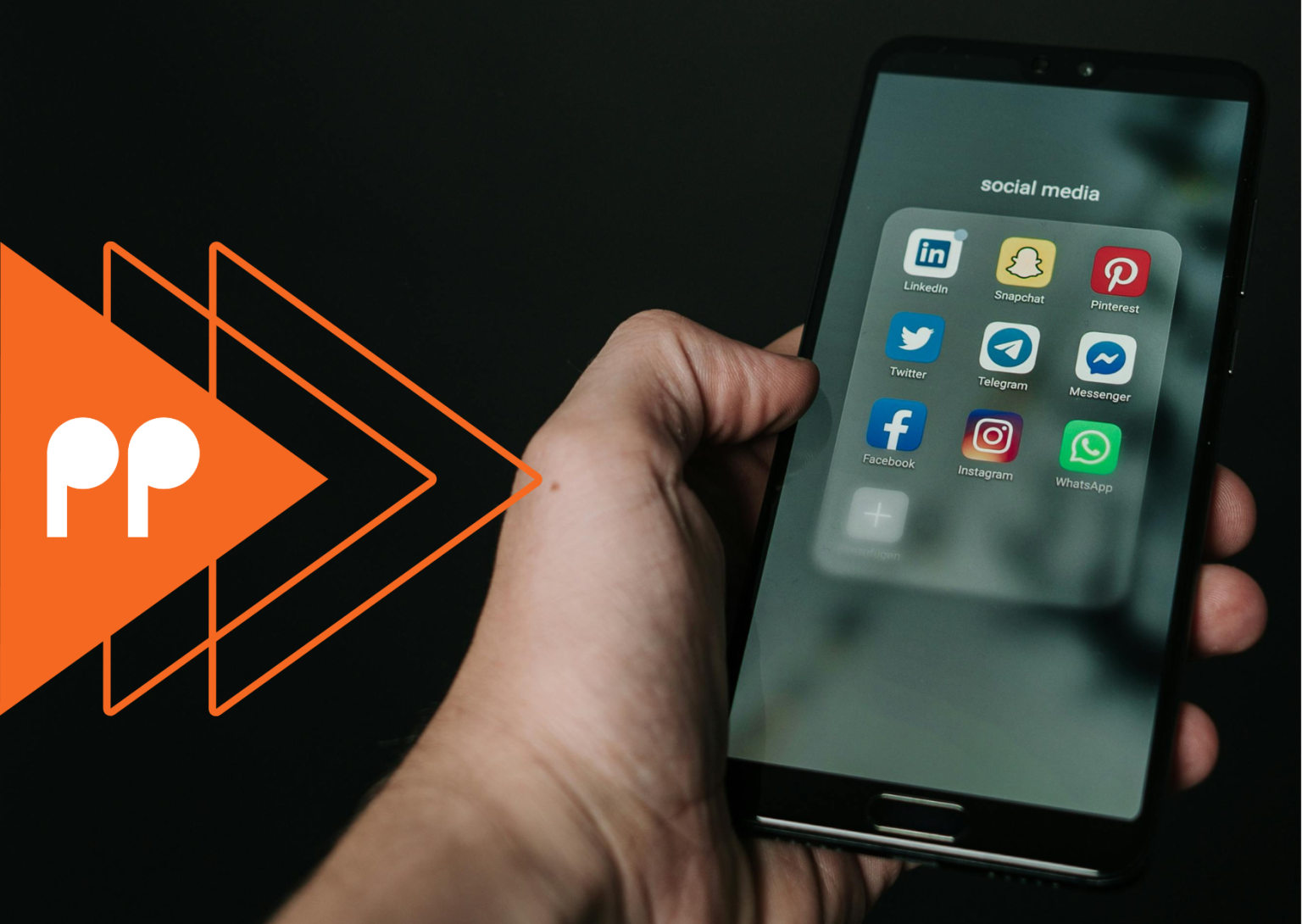The dynamic field of political communications has been utterly transformed by the leader of engagement and reach, social media. But traditional media sources—those timeless pillars of opinion and news—continue to have a significant impact, especially with older audiences.
Organisations use either traditional or digital media strategies almost exclusively. However, the key to success lies in blending traditional and digital marketing tactics. This article unveils practical tactics, derived from my experience with European political parties and organisations, for leveraging traditional media’s strength to amplify social platform buzz.
My trade secret: integrating traditional media for Social media success
Tip 1. Repurpose content for social engagement
Research media monitoring and sentiment analysis software if you don’t have it. If your budget is restricted, any in-house PR manager can keep tabs manually on the most important pieces of news coverage. Once you have locked down the news that connects to your organisation, it is time to repurpose the content. Instead of simply reposting the entire article or interview, break it down into smaller digestible chunks. Highlight key points quotes, or create visual summaries, ensuring to tag involved parties and original content creators. My pro tip: tag all the other participants, if any, and the producers, authors, or presenters of the medium that invited you.
Tip 2: Cite your sources
When sharing content from traditional media, always credit the source. This simple act boosts your campaign’s credibility by anchoring it in factual content. If, for example, your candidate, as we prepare for the EP 2024 elections, gets invited to a traditional media outlet to give an interview, you can share a video from that outlet supporting your stance on an issue.
Tip 3: Embrace video storytelling
High-quality video content from traditional outlets is a goldmine for social media. What I like to do is not wait for the medium to publish the whole interview but already ask the producers for a snippet or shorter version I can use for my social media channels. Cut the videos into shorter clips, add relevant captions and hashtags, and share them on your social media channels leading up to the full interview or during days that something in the public discourse makes it relevant.
For example, we got invited by one of the largest international TV networks, and our leadership spoke about climate activism. We immediately cut snippets of the interval, used them the week after the airing of the episode, and also repurposed them again when they were relevant in the calendar. Don’t shy away from using the same clips multiple times in different months. The more you connect your brand with the topic and the media, the better it is for your reputational management and positioning as a thought leader on the subject.
Tip 4: Capitalise on traditional media events
Utilise the organic interest surrounding media events like award ceremonies, summits, conferences, and political debates to generate engaging social media content. Live updates, behind-the-scenes looks, and post-event recaps can keep your audience engaged and place your organisation at the heart of public discourse.
Tip 5: Leverage influencers from traditional media
Partner with influencers and experts featured in traditional media to expand your reach. Hosting live Q&A sessions or providing exclusive content for them to share can expose your message to broader audiences, tapping into their follower base for increased visibility.
Extra tip: building connections with journalists
As promised, I will share a bulletproof method to get invited and featured in traditional media using social media, which got my organisation into the top TV network. Connect with journalists. It all boils down to how you weave, build, and advance them. Most of us seasoned strategic PR professionals come with a track record of journalists in our phone book. But what happens if your organisation is young, or you have yet to establish an active journalistic list, so you do not get often featured in traditional media, let alone need tips on leveraging the content?
Journalists are always looking for thought leaders and experts to cite as sources in their stories. Follow journalists through your organisation’s socials, especially X, and begin by liking, commenting, and sharing their content for approximately 2-4 weeks. In parallel, work hard to establish yourself as a thought leader and subject expert by joining online conversations and following what is trending and relevant if you haven’t done that already.
Once you feel confident in your online presence and have interacted well with the medium or journalist, send them a private message via the social platform pitching your availability, opening a conversation, and connecting to their topic. It is guaranteed to get you under the radar and, from experience, leads to publicity more than any PR does, as long as you target it correctly.
Have you used such strategies before to enhance your political campaign’s reach and impact? If so, let us know!

